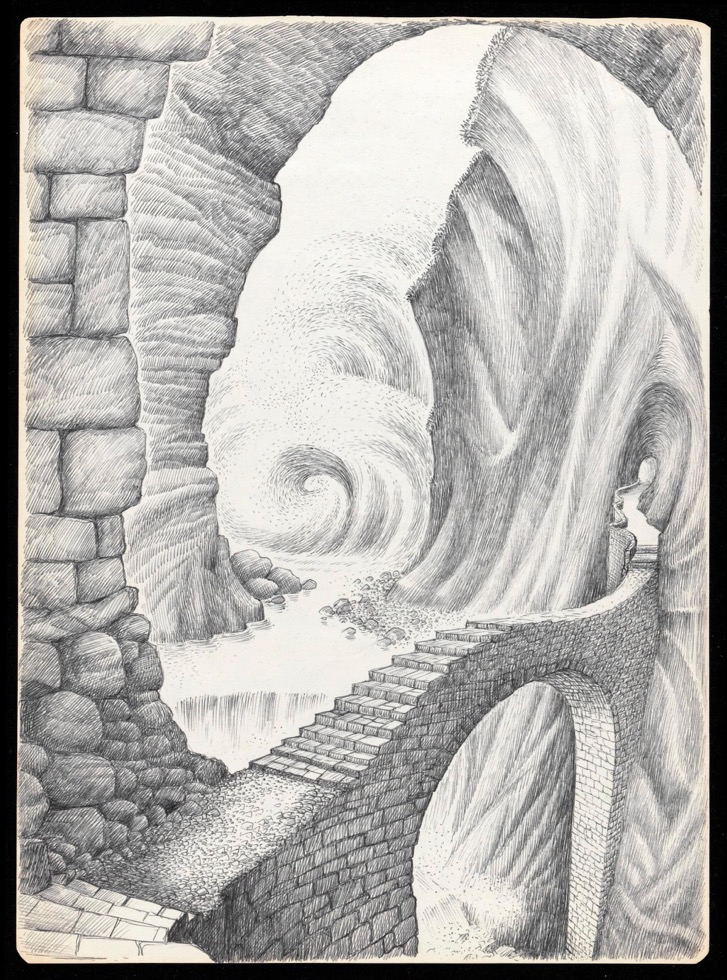
Depictions of dreams of a patients in Jungian analysis by M.A.C.T., 1970s. Source: Wellcome Collection



Depictions of dreams of a patients in Jungian analysis by M.A.C.T., 1970s. Source: Wellcome Collection

Woodcuts from Des Circkelsz und Richtscheyts, Heinrich Lautensack, 1618. This book was meant as a guide for painters, sculptors, stonemasons, goldsmiths, and others to better understand perspective and the human form. Source: Embassy of the Free Mind


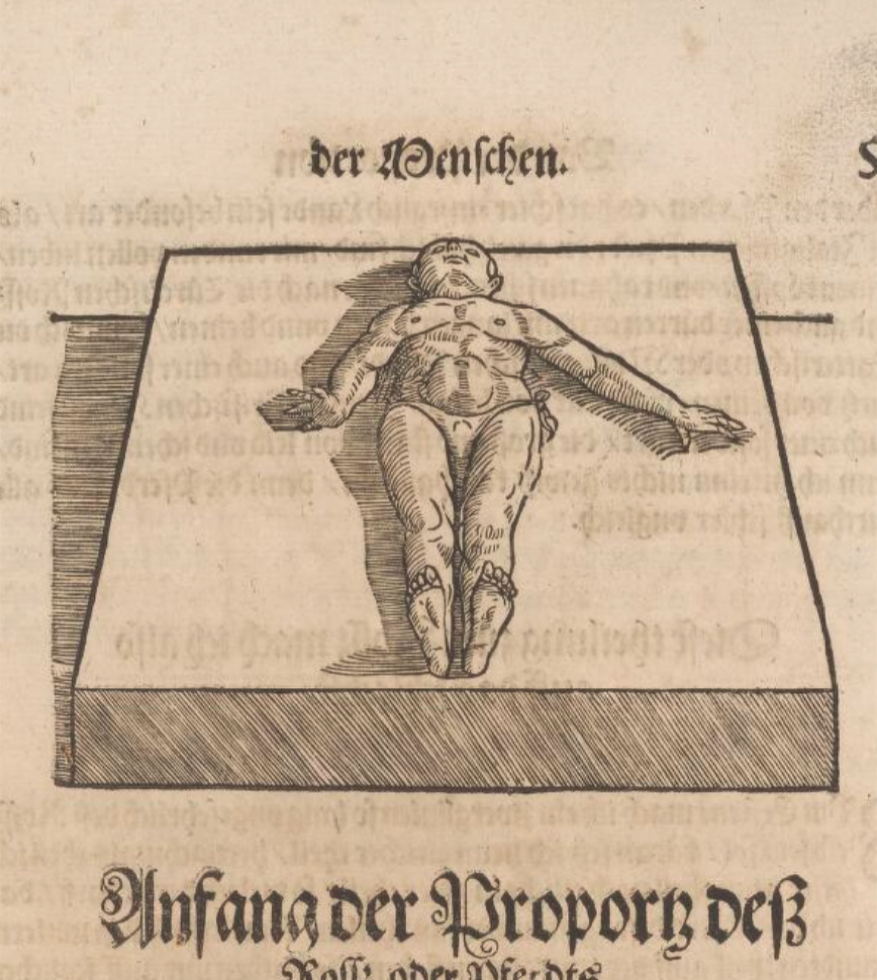
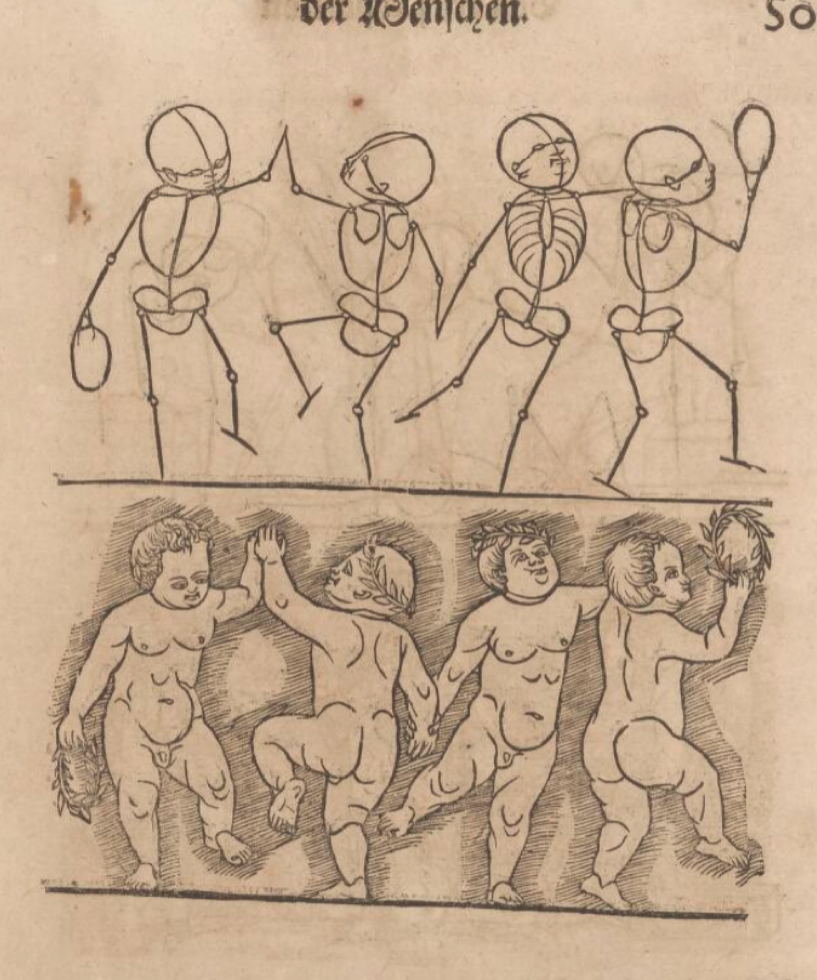
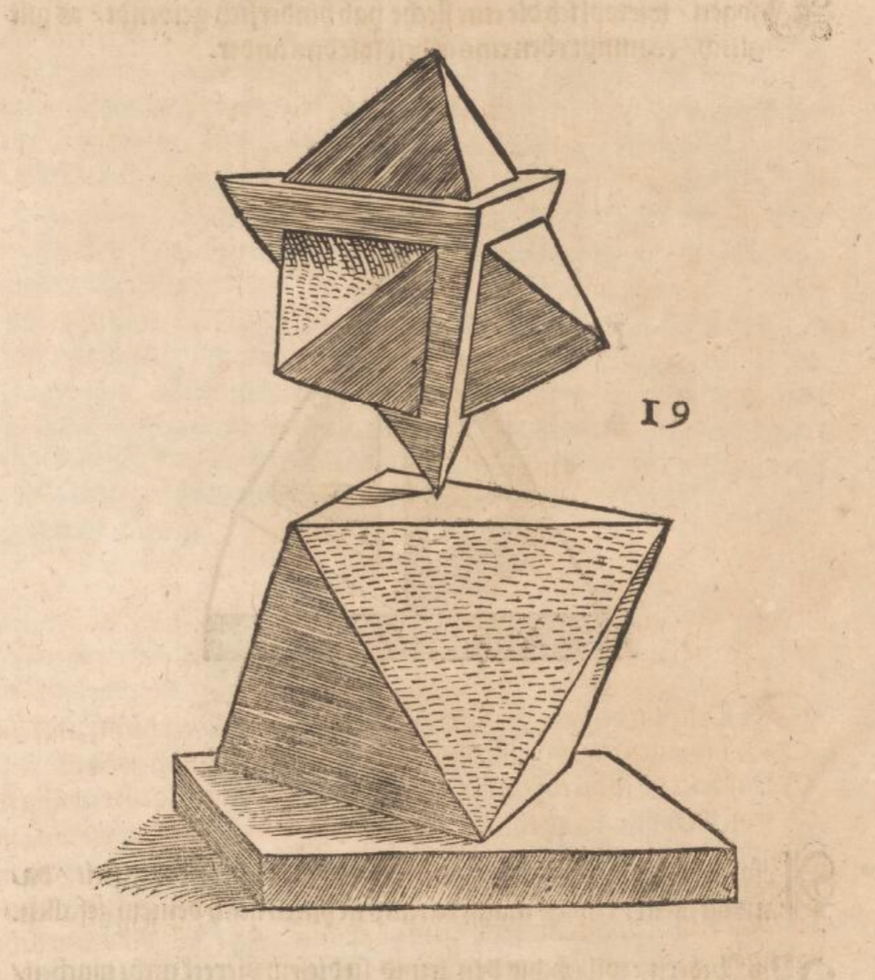
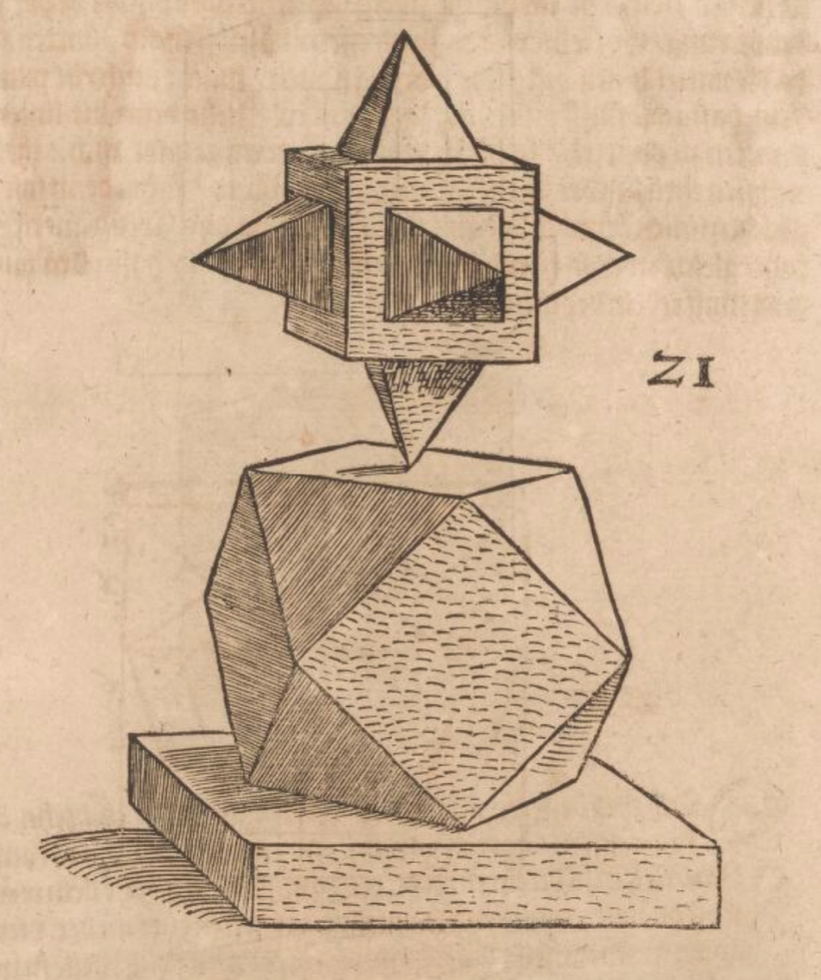

Drawings from Tui bei tu, a Chinese prophecy book. This book, written by astronomers and historians Yuan Tiangang and Li Chunfen during the Tang Dynasty, contained 60 drawing with preceding poems that made predictions for the era and was likely based on the I Ching, also known as The Book of Changes. At the front of the book, the following is written:
“When examining the future, please know that the past may have been clear as a bright moon, but the future may be dark and black. Be cautious.”
The book was later deemed forbidden in the Song Dynasty but remained popular with the public. Source: World Digital Library

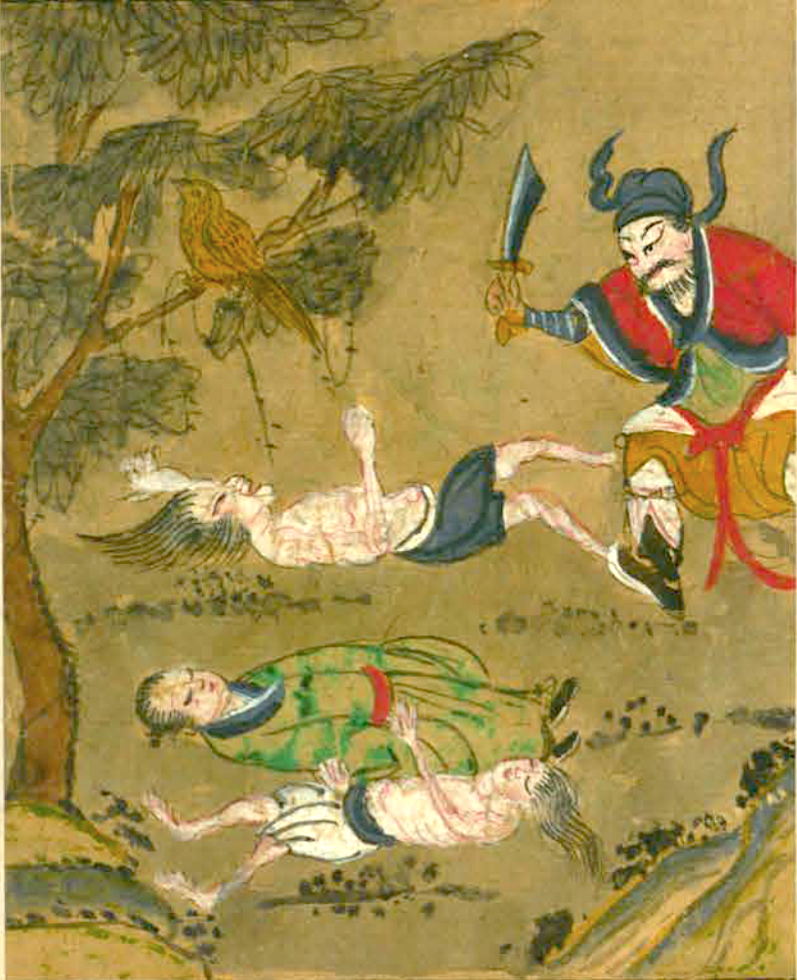

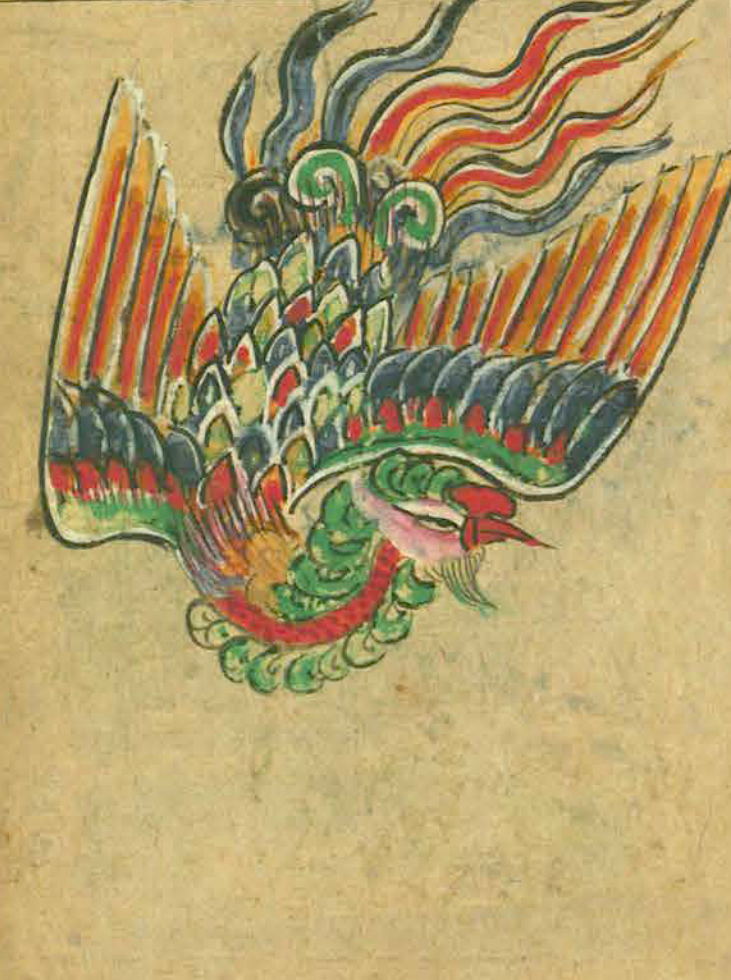
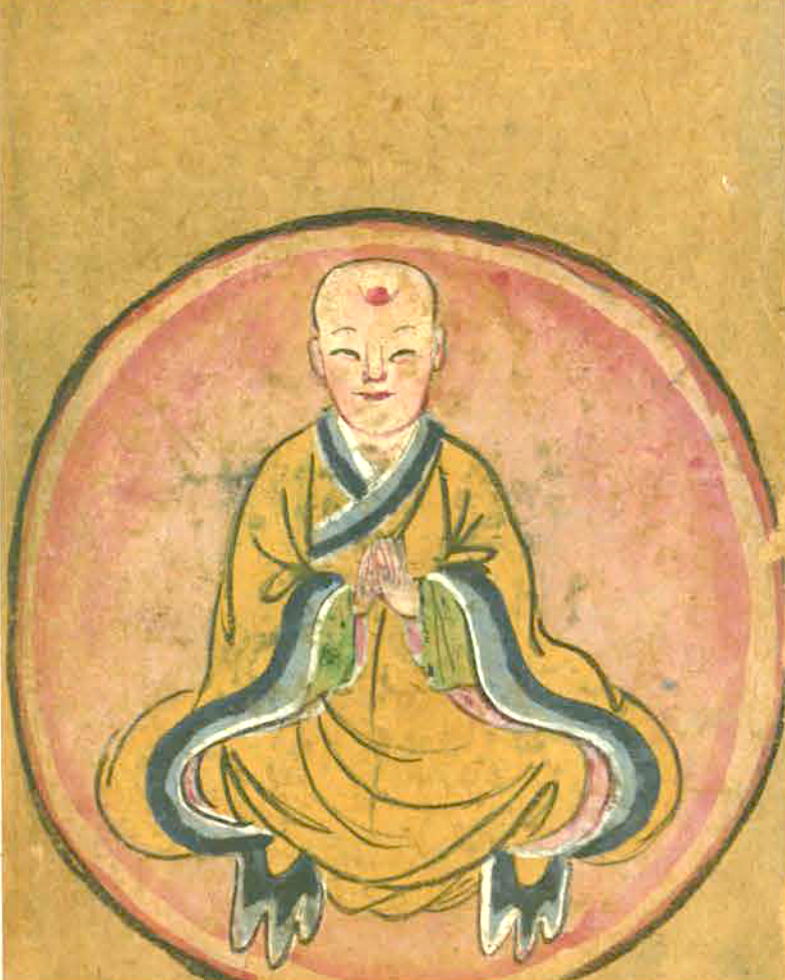
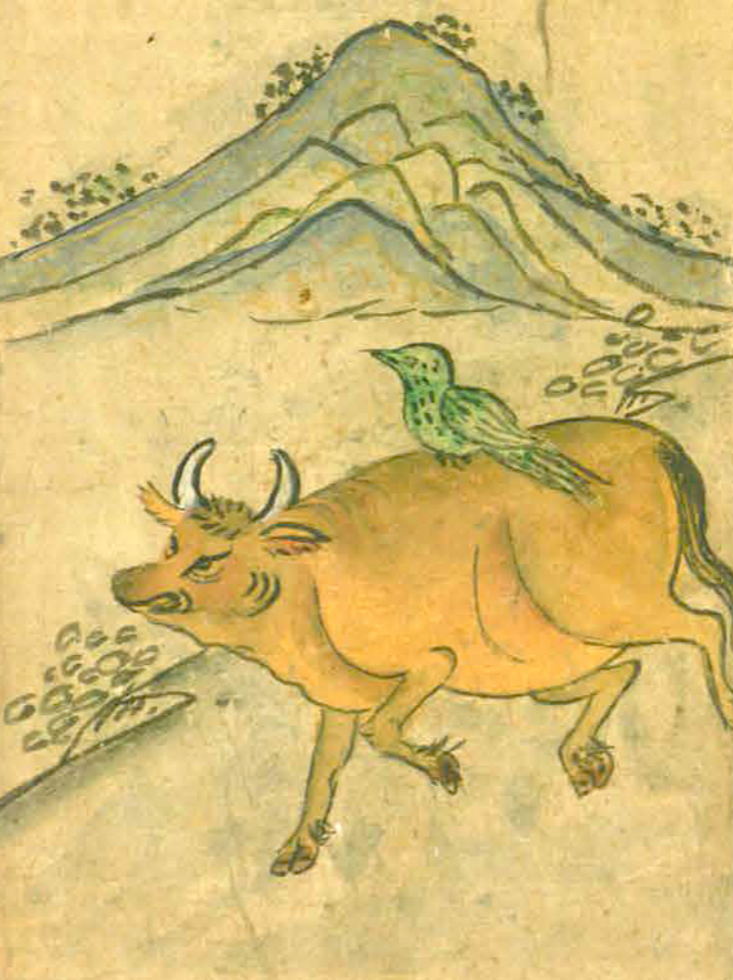
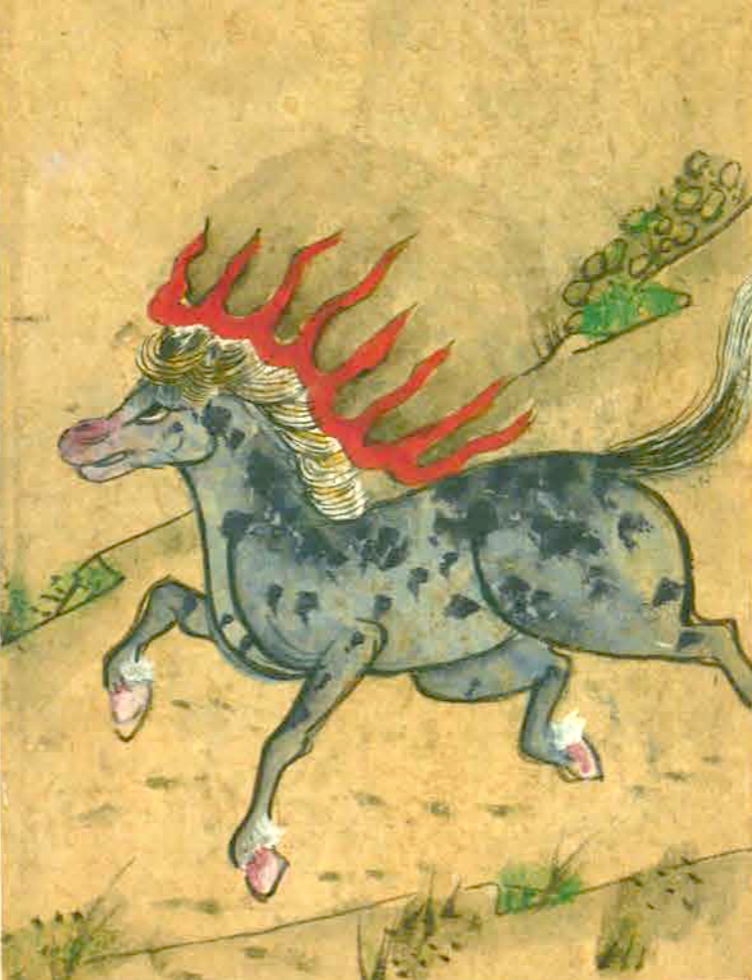
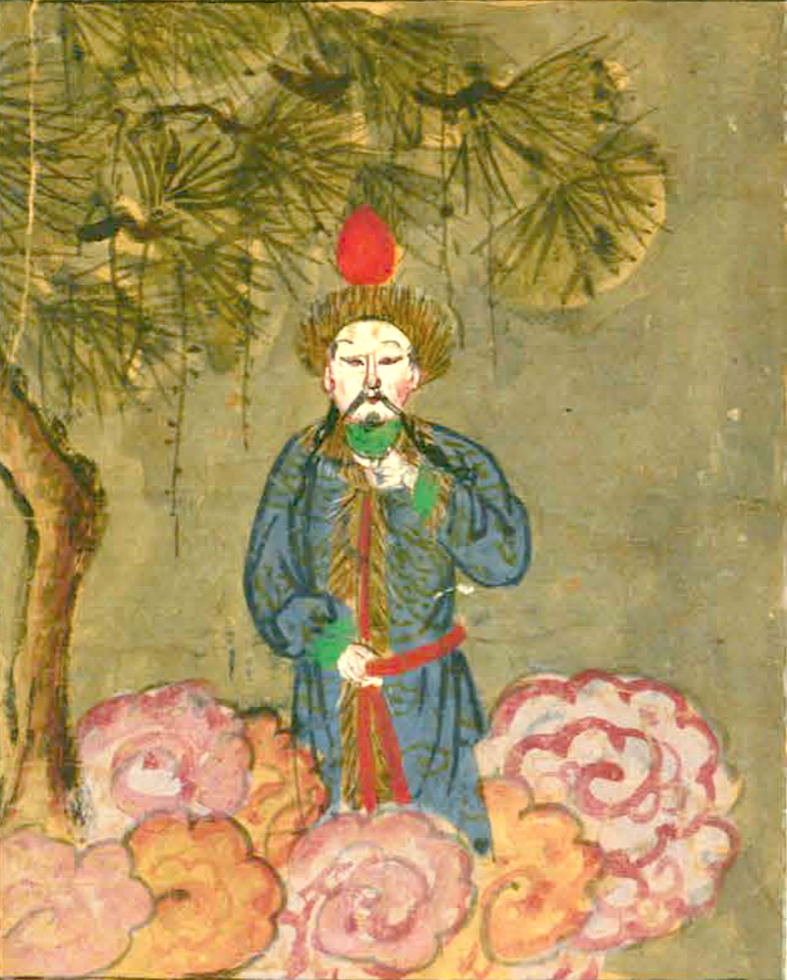

Drawings from F. de La Rose-croix by Anonymous, circa 1700. Alchemy is sometimes referred to as ‘The Language of Birds’ due to different birds representing different stages in the alchemical process. Source: Manly P. Hall’s Collection of Alchemical Manuscripts Box 5

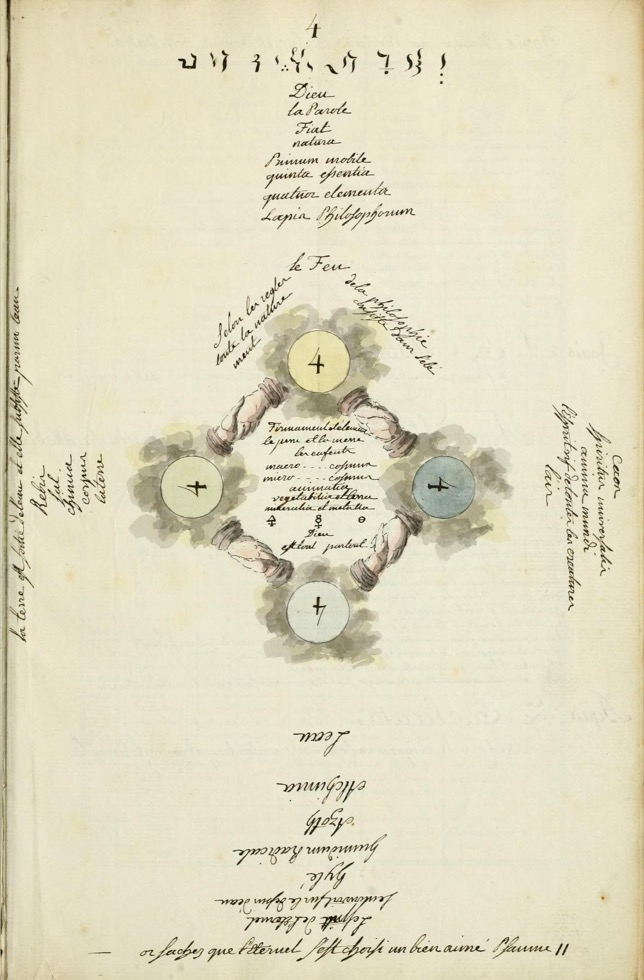
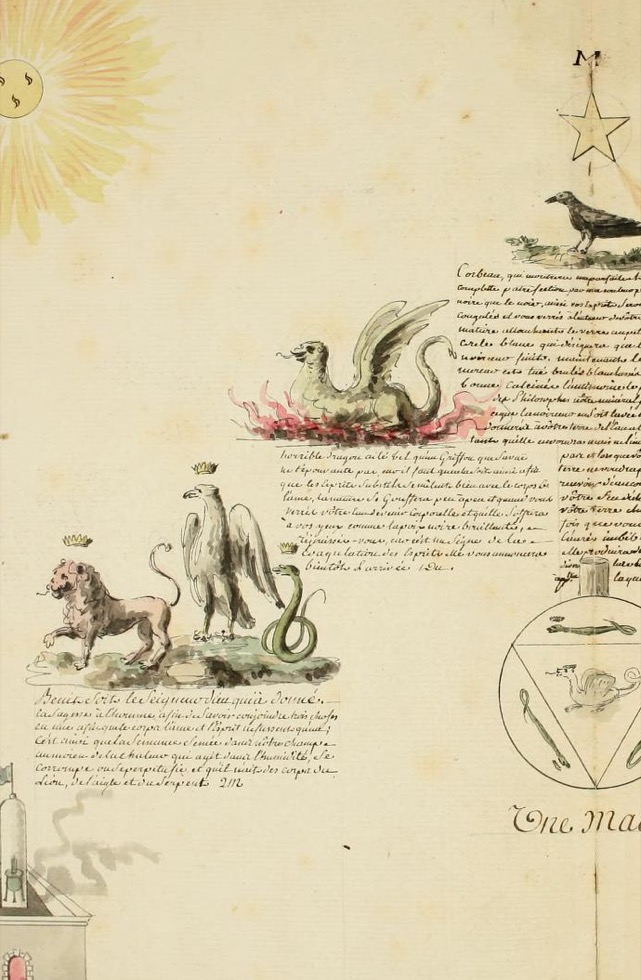
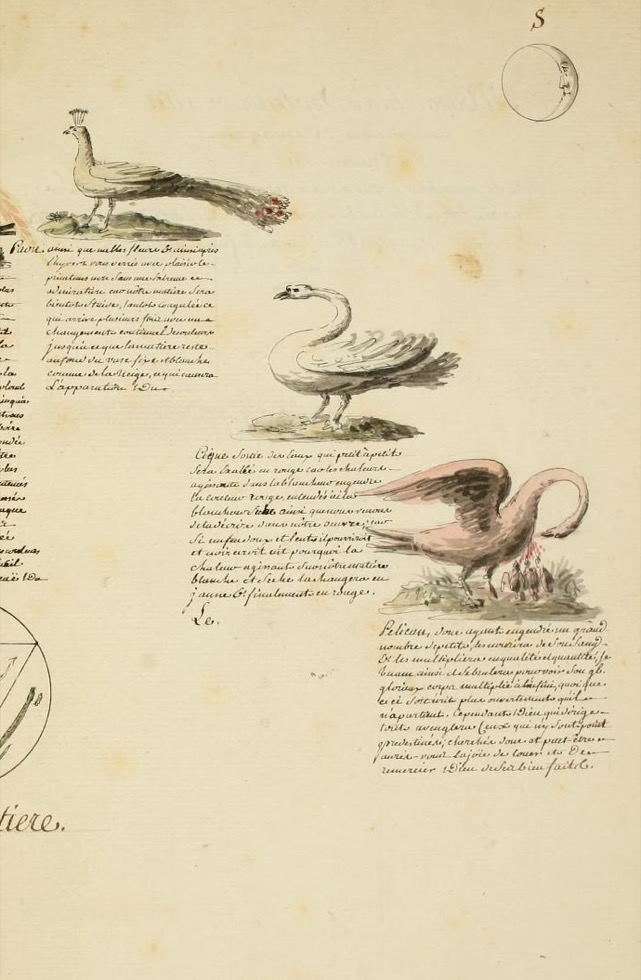
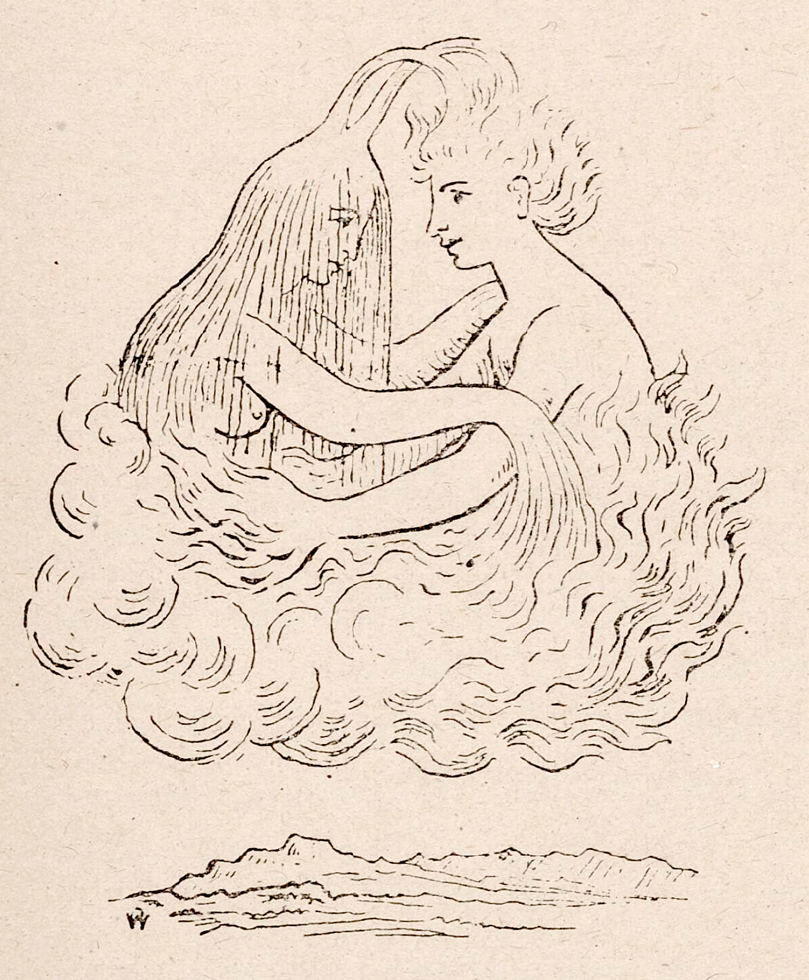
Drawing representing balance between masculine and feminine in a chapter about equilibrium from “Le serpent de la Genèse” (The Serpent of Genesis) Volume 2, by Stanislas de Guaita, 1920. Source: Embassy of the Free Mind